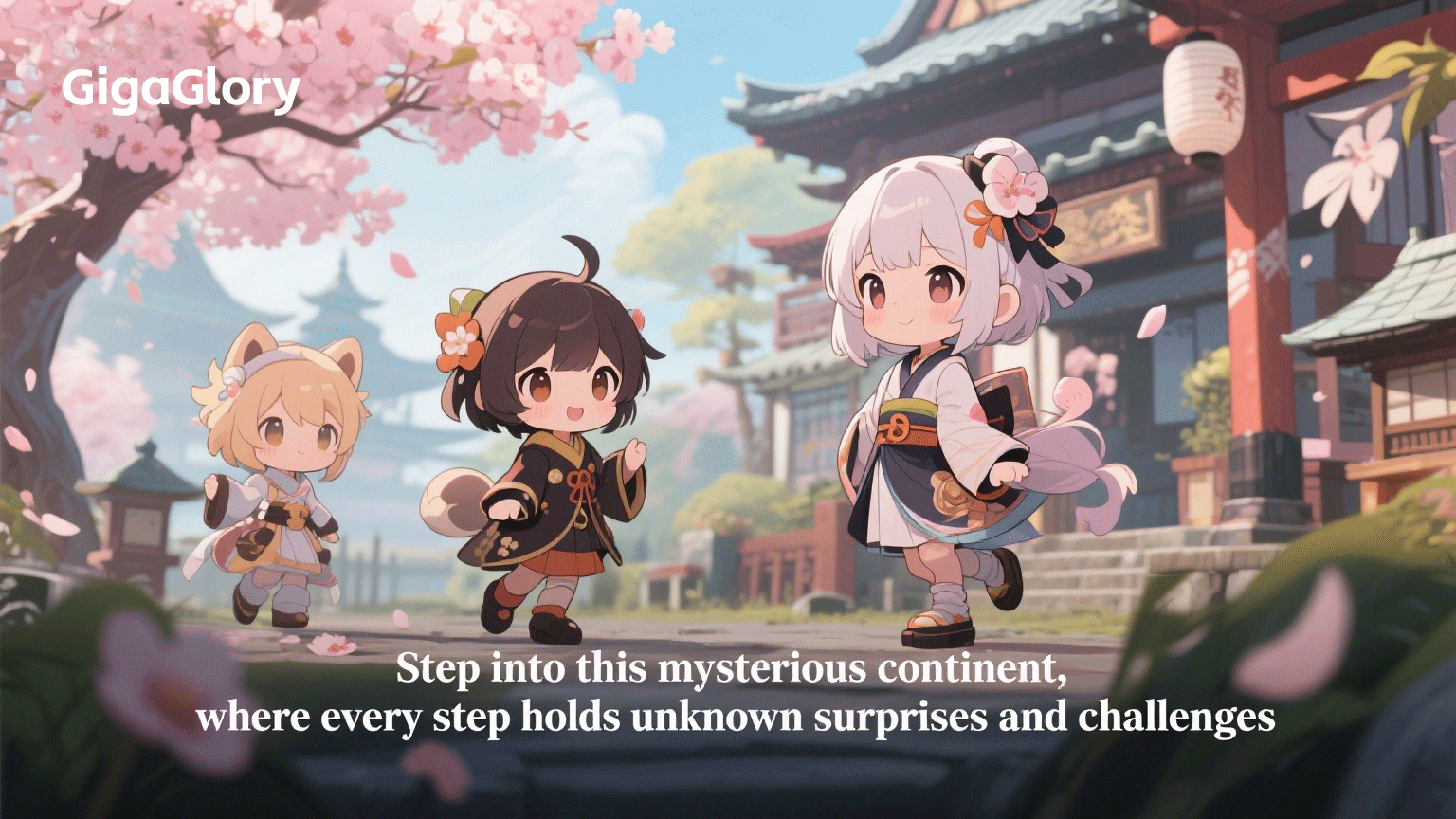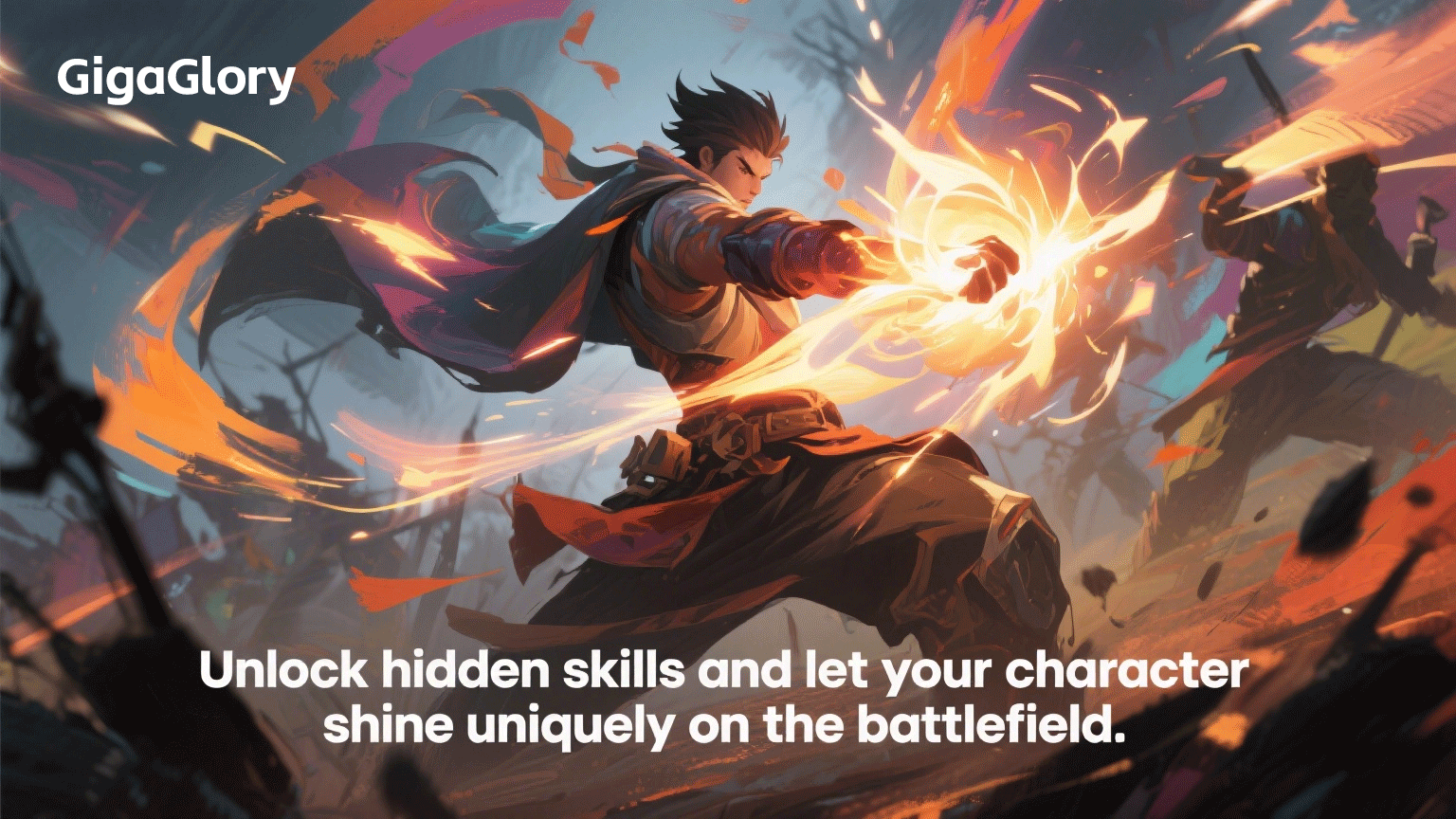How Sandbox and Strategy Games Are Revolutionizing the Gaming Experience
The New Wave of Gaming: Sandbox and Strategy Games
Sandbox games and strategy games have taken the gaming world by storm. From creating vast worlds in titles like Minecraft to devising complex strategies in titles like Age of Empires, players have seen their experiences shaped in unprecedented ways. But what is causing this revolution, and why are these genres resonating so strongly with gamers today?
Understanding Sandbox Games
Sandbox games allow players to explore and manipulate their environments freely. They provide an open-ended experience where the focus is on creativity and exploration rather than linear objectives. Think about how Grand Theft Auto changed the way we view open worlds. Players can engage with the game at their own pace, creating their unique stories.
Why Strategy Games Matter
Strategy games, on the other hand, require tactical thinking and planning. Games like Starcraft challenge players to outsmart their opponents using resource management and strategic manipulation. This genre emphasizes the importance of foresight and quick decision-making, making every game a new adventure, constantly testing the player’s mettle.
EA Sports FC and Direct Communication Revolution
In recent years, the integration of direct communication in games like EA Sports FC has connected players more than ever. Gamers can easily share tactics, strategies, and experiences. This encourages not just strategic play, but collaboration and community building, which is integral in shaping the sandbox and strategy gaming experience.
The Cultural Impact of Sandbox Games
Sandbox games have created a cultural phenomenon where players express themselves through their builds. Platforms like Roblox showcase how creativity fuels a community. It empowers players to not just consume content but to play a role in creating it.
Innovations in Strategy Games
With advancements in AI and game development, strategy games are undergoing a transformation. The introduction of more complex AI systems enhances gameplay realism, allowing for unpredictable outcomes and depth in strategy formulation. For instance, Civilization VI has introduced dynamic leaders that alter gameplay drastically. These innovations keep players engaged and challenged.
Sandbox vs. Strategy: Making the Choice
Choosing between sandbox and strategy games often comes down to personal preferences. Sandbox games appeal to creative minds, while strategy games captivate those who enjoy challenges and tactical thinking.
Key Features That Make Them Different
| Feature | Sandbox Games | Strategy Games |
|---|---|---|
| Gameplay Style | Open-ended exploration | Tactical competition |
| Community Engagement | Player-generated content | Clans and team strategies |
| Creative Expression | Building and creating | Strategizing and planning |
| Replayability | Endless possibilities | Dynamic strategies |
The Future: Merging Elements
Many games are now merging elements of both sandbox and strategy. This hybrid approach lets players experience open-world creativity with structured gameplay elements. Titles like Factorio meld these experiences, offering both crafting and tactical gameplay. The result is a holistic gaming experience.
Popular Examples
- Minecraft - Sandboxes that allow for limitless creation.
- Age of Empires - A classic strategy game that emphasizes planning.
- Terraria - Combines sandbox exploration with adventure quests.
- Command & Conquer - Pioneering real-time strategy that continues to evolve.
- Besiege - Blends puzzle mechanics with sandbox creations.
The Growing Gamification in Industries
As we see the rise of sandbox and strategy games, other industries are also adopting gamification techniques. Education, marketing, and even workplace training are seeing the benefits of implementing game-like elements to engage users. The sites like Potato Head Game illustrate how fun and play can lead to learning and engagement.
Conclusion: A New Frontier in Gaming
Sandbox and strategy games aren't just entertainment; they're shaping cultures, communities, and industries. With their unique qualities, they challenge the conventional boundaries of gaming. As these genres continue to evolve, we can only imagine how they’ll further enhance our gaming experiences and become integral to our digital interactions.



